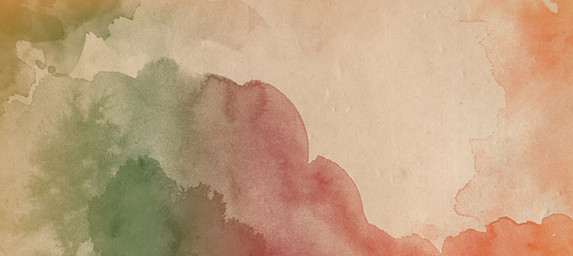Art Therapy


what is it?
Art Therapy is a creative method of expression (therapists are trained in art and counseling) used as a therapeutic tool to access emotions through non-verbal techniques. The principles of art therapy involve humanism, integrative and experiential support, creativity, reconciling emotional conflicts, and fostering self-awareness and personal growth.
“Art therapists use art media, the creative process and the resulting artwork to explore feelings, reconcile emotional conflicts, foster self-awareness, manage behavior and addictions, develop social skills, improve reality orientation, reduce anxiety and increase self-esteem. A goal in art therapy is to improve or restore a client’s functioning and his or her sense of personal well-being.“ ~ (American Art Therapy Association).
Why ART Therapy?

Art therapy techniques use art and creativity to unlock the inner-problem solver and transform challenge into clarity.
Art therapy addresses a variety of life challenges and wellness goals:
-
Improve self-image, concept, esteem
-
Promote overall wellness
-
Reduce heart rate, lower stress hormones promoting relaxation
-
Manage stress
-
Recovery after trauma
-
Journey through grief and loss
-
Improve mood
-
Manage life changes and transitions
-
Overcome relationship challenges
-
Foster self-awareness
-
Promote personal growth
-
Promote problem solving skills, self-discovery and emotional growth
-
Strengthen connections between the brains left hemisphere and right hemisphere
-
Overcome patterns and behaviors that make it hard to succeed and enjoy life.
Is it Proven Effective?
Research shows art therapy has statistically significant positive effects for those suffering from depression, anxiety, low mood, trauma, distress, inability to cope and low self-esteem.*
See our Supporting Research Page
See our Newsletters & Press Page
For more information on Art Therapy, please see https://www.atcb.org/Home/FAQ and https://www.arttherapy.org/upload/AATAFactSheet.pdf
*Clinical effectiveness of art therapy: quantitative systematic review: Health Technology Assessment, No. 19.18. Uttley L, Scope A, Stevenson M, et al. Southampton (UK): NIHR Journals Library; 2015 Mar.)

ART Therapy in action

exploring the masks we wear

Join our Drawing on Strengths Group for teens ages 14-19

Art therapy enhances traumatic brain injury treatment and recovery



